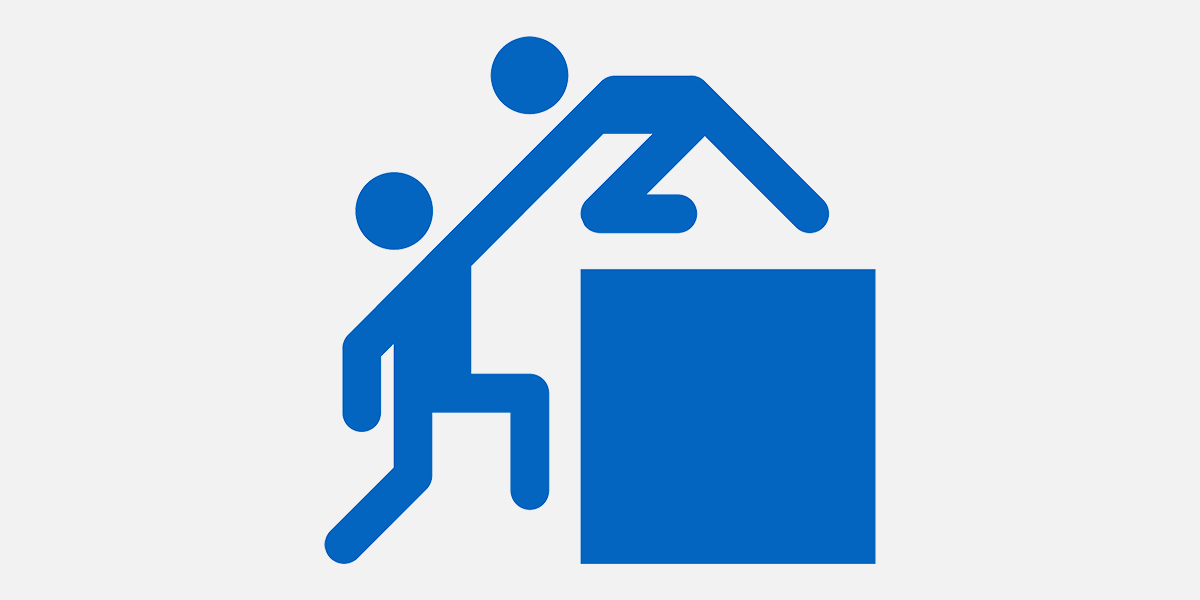I’ve been writing a series of posts about how to scale service design, based on my closing remarks at the 2017 Service Design Global Conference in Madrid. The first post of the series focused on technology, and the second on the ubiquity of contexts in which practitioners are now applying service design. In this third post, I’ll talk about the discipline’s need for coaching.
Over the course of two days of presentations at the Service Design Global Conference, I heard many speakers reflect on their evolving role as service designers. Some original service design “doers” had found themselves shifting into roles as facilitators, helping to guide service design projects with clients or within their own organizations. And some of those facilitators had shifted into teaching positions, rallying the next cadre of service design professionals in formal educational settings.
But I was most intrigued by several speakers who positioned themselves as coaches to their clients or to others within their organizations. Rather than facilitating design activities themselves, they were preparing people who had no service design experience to lead service design efforts or to integrate aspects of service design into their ongoing work.
This was music to my ears.
As I said to the audience in Madrid, if our goal is to fully scale service design, the several hundred people attending the annual global conference can’t try to OWN service design. We have to let go and accept—no, embrace—the fact that other people will practice it (imperfectly) and inevitably adapt core service design methodologies and deliverables to meet their own needs, mindsets, and capabilities. This may sound a bit scary, but isn’t a bad thing. Service design practiced broadly (and imperfectly) will have a bigger (and better) impact on the world than a small group practicing it in a pristine, controlled state.
So as you think about evolving your own career in service design, consider where you are on this continuum: Practitioner — Facilitator — Teacher — Coach. All of these roles are necessary, so any answer is great! But again, to scale service design, we need more coaches to support budding service designers within the context of real world service design projects.
On a related note, I also sensed a huge backlash at the conference against traditional service design deliverables. Chief instigator Marc Stickdorn is famous in service design circles for catchy taglines like, “A Customer Journey Map is not a ****ing deliverable.” And I’ve admittedly felt my own frustrations with organizations that are overly focused on creating deliverables, rather than enacting change. (See my episode of the Service Design Show entitled, “Think About The Journey, Forget About The Map.”)
But within the context of coaching, deliverables such as journey maps, stakeholder maps, and service blueprints are extremely helpful in helping newcomers understand what service design is all about—and how it’s different from the traditional mindsets and methodologies of their home disciplines. So while dyed in the wool service designers might be ready to throw journey maps out the window, we need to embrace the deliverables of our trade as a tool for coaching others—and as a way to scale service design.
***
Stay tuned! I’ve got one more post in this series, in which I’ll discuss the need for service designers to focus on service delivery.
For thoughts on my own evolving role as designer, see my post In Between Design Thinking and Design Doing.




